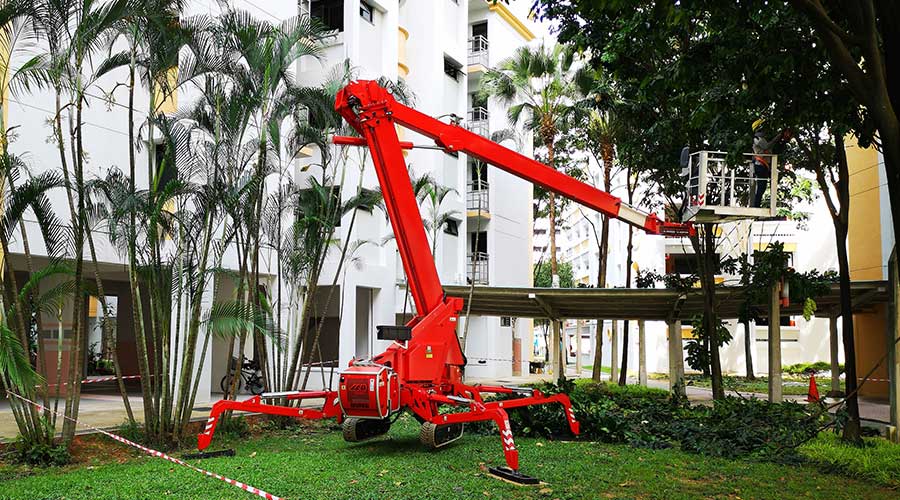Aerial devices include not only spider lifts but also truck-mounted equipment, scissor lifts, and other aerial work platforms. Each type of equipment is subject to specific safety guidelines, typically governed by ANSI standards, which dictate construction and use regulations to ensure operator safety. ANSI standards are crucial as they outline safety requirements; OSHA relies on these guidelines for enforcement because it doesn’t have its own standards for aerial devices.
In this session from NFMT Remix, Mark Kruger, sales manager Lights/Signs for Altec/Teupen discusses key training areas, including general device setup, maintenance, and inspection. Operators must understand both OSHA and ANSI standards, which specify who can operate aerial lifts and how to properly train personnel. OSHA violations often stem from inadequate training, so companies need to ensure employees know how to operate the equipment and recognize workplace hazards, especially when it involves aerial lifts around electrical lines, soft ground, or heavy loads.
In addition to training, proper inspection and maintenance are critical. Equipment should undergo annual inspections, and daily checks are advised to prevent catastrophic failures. Issues such as hydraulic leaks, rusting, or damage to boom structure can lead to severe accidents if not caught in regular maintenance routines. For instance, failure in inspecting a rotation bearing — the component that allows the boom to rotate — can result in dangerous incidents. Regular greasing of this component and torque checks on bolts can prevent wear and potential failure.
Operators also need to be mindful of alterations to aerial devices, which ANSI prohibits unless specifically approved by the manufacturer. Modifying equipment without approval can not only void warranties but also introduce safety hazards. For example, adding platforms or lifting attachments to aerial devices designed for personnel only can create instability and overburden the boom structure.
Cold weather also poses challenges for aerial equipment due to hydraulic oil viscosity changes that can impede operation. Low temperatures can thicken the oil, leading to sluggish function, whereas high temperatures may thin it, causing overheating. Proper hydraulic oil and temperature management tools, such as oil heaters or coolers, are necessary to maintain efficiency and safety.
Documentation of training and maintenance is also important, as OSHA requires proof of compliance. Training should be well-documented, including records of the trainee, trainer, and equipment details, to verify that the operator has been adequately instructed. Additionally, equipment manuals, including operator and maintenance guides, must be accessible to operators, as OSHA may request these during inspections.





